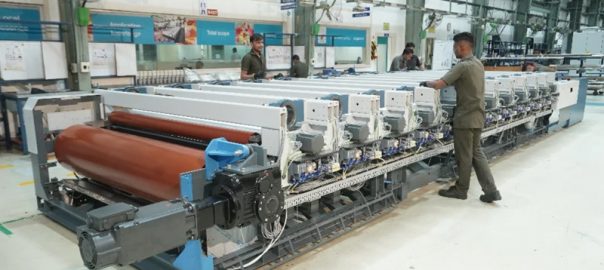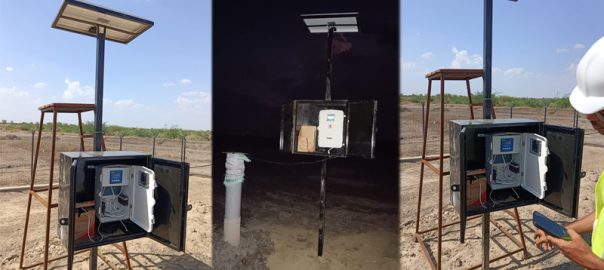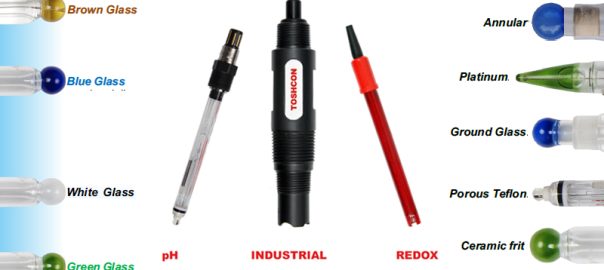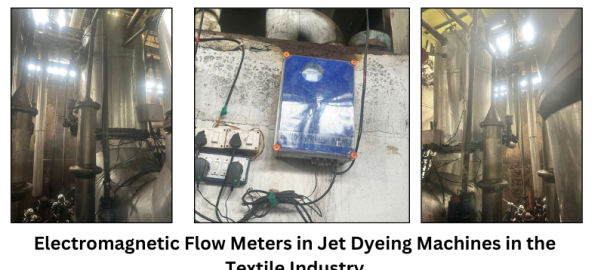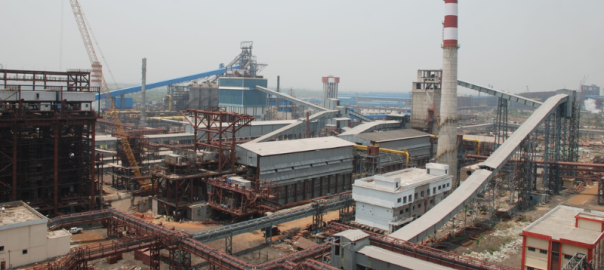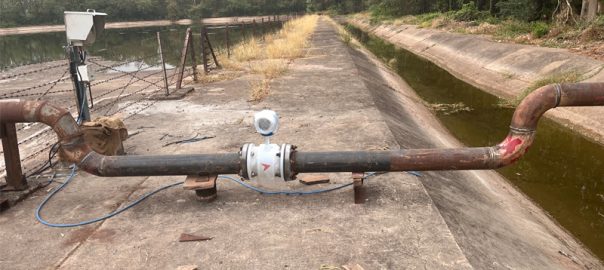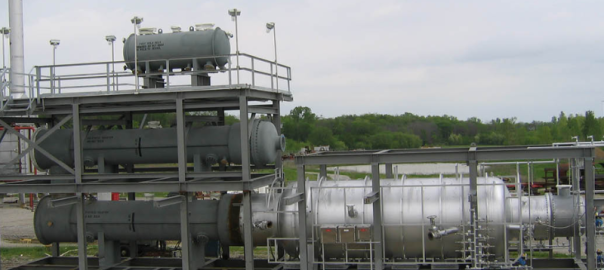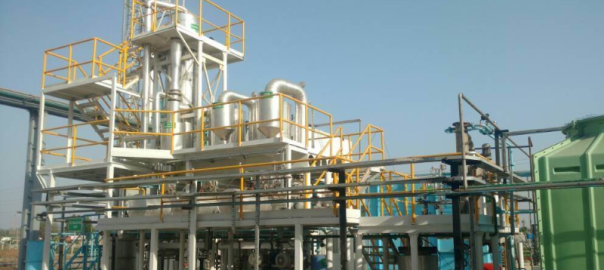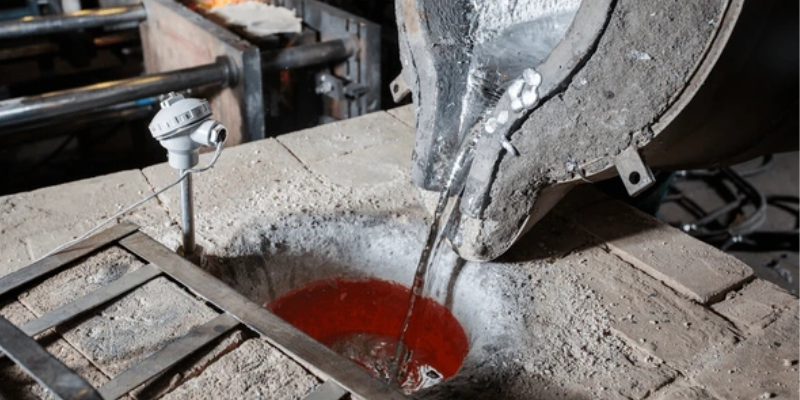
In aluminum melting furnaces, several metals and alloys are commonly used for different purposes, such as construction materials, heating elements, and lining materials. Here are some key metals and materials that work well in aluminum melting:
- *Refractory Materials*:
– *Alumina (Aluminum Oxide)*: High-purity alumina is widely used as a refractory lining in aluminum melting furnaces due to its high melting point (over 2000°C), excellent thermal stability, and resistance to chemical reactions with molten aluminum.
– *Silicon Carbide (SiC)*: Known for its high thermal conductivity and resistance to thermal shock, silicon carbide is often used in crucibles and furnace linings.
– *Magnesia (Magnesium Oxide)*: Often used as a refractory material because of its high melting point and resistance to chemical attack by molten metals.
- *Heating Elements*:
– *Kanthal (FeCrAl Alloy)*: Kanthal is a trademarked alloy composed of iron, chromium, and aluminum. It is widely used for heating elements in aluminum melting furnaces due to its high resistance to oxidation and ability to operate at temperatures up to 1400°C.
– *Molybdenum (Mo)*: Molybdenum heating elements are used in furnaces operating at very high temperatures due to their high melting point (2623°C) and good electrical conductivity.
- *Crucibles*:
– *Graphite*: Graphite crucibles are popular in aluminum melting because of their high thermal conductivity, low thermal expansion, and resistance to thermal shock.
– *Clay-Graphite and Silicon Carbide-Graphite*: These composite materials are used for crucibles as they combine the benefits of graphite with enhanced durability and resistance to oxidation.
- *Thermocouples*:
– *Type K (Chromel-Alumel)*: Commonly used for temperature measurement in aluminum melting furnaces due to its wide temperature range and good accuracy.
– *Type S (Platinum-Rhodium)*: Used for high-temperature measurement due to its high melting point and stability.
- *Furnace Construction Materials*:
– *Stainless Steel*: Certain grades of stainless steel, such as 310 and 316, are used in furnace construction due to their resistance to oxidation and corrosion at high temperatures.
– *Inconel (Nickel-Chromium Alloy)*: Inconel alloys are used for their high strength and resistance to oxidation and corrosion at high temperatures, making them suitable for components exposed to extreme conditions in the furnace.
Each of these materials has specific properties that make them suitable for different components of an aluminum melting furnace, ensuring efficient, safe, and reliable operation.


